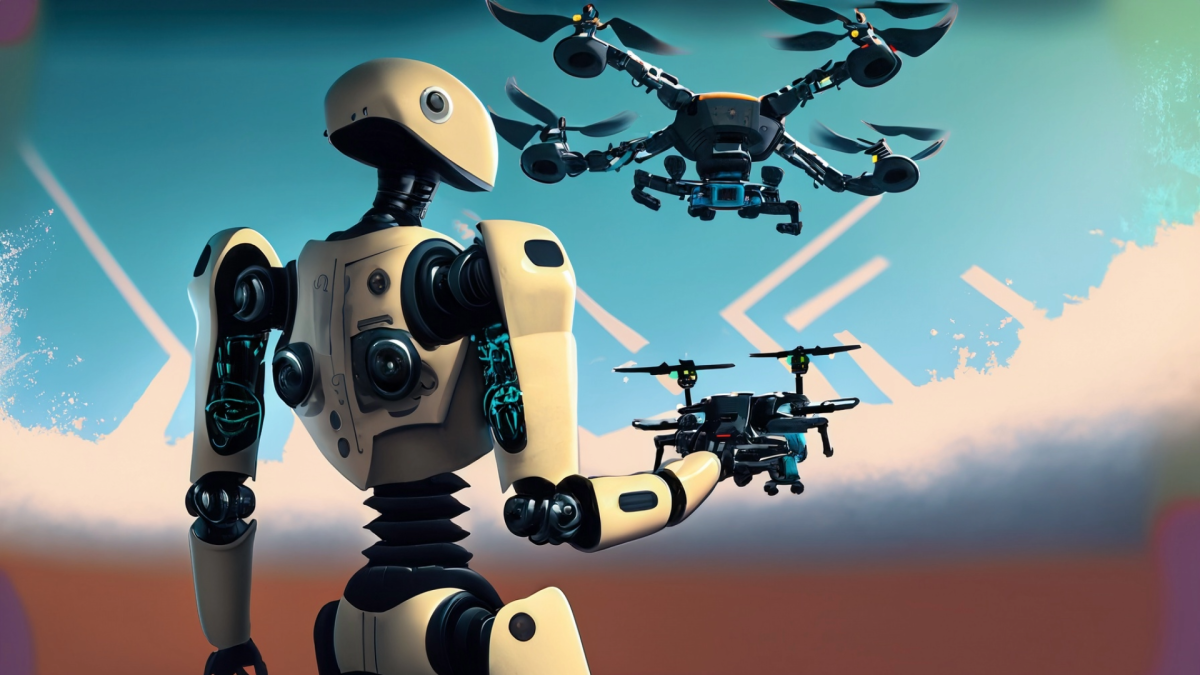
Edison Robot Challenges
by Cori Long
In this hands-on lesson students review the Edison robot and coding in Edscratch. They will then work together to solve math problems and then code the Edison robot to match their solution to the math challenge. This lesson has students calculate the size of a polygon using Scale Factor. Once they have the new measurements of the polygon, they will code Edison to travel the distance and shape of the new polygon. Note: This lesson can be modified to create math challenges to go along with your standards.
This is the 2nd lesson in a series of 4. Links to lessons and resources are included.
Lesson Plan Link/URL
https://docs.google.com/presentation/d/17k8mhSOEogIdXn7EZSmKRBVrDcPwQJJO/edit?u…Subject Area
Technology 3. Knowledge Constructor 5. Computational Thinker Engineering S3: Apply Mathematics to Engineering S5: Apply Technology to Engineering Mathematics Number and Operations in Base Ten (NBT) Geometry (G) The Number System (NS)
Featured
On
Related Content

Grades:
3rd Grade, 4th Grade, 5th Grade, 6th Grade, 7th Grade, 8th Grade
In this engaging and hands-on lesson, students will be introduced to the fundamental concept of microprocessors, often referred to as the "brains" of electronic devices. Using Micro:bits, a versatile

Grades:
3rd Grade, 4th Grade, 5th Grade, 6th Grade, 7th Grade, 8th Grade
In this engaging and hands-on lesson, students will explore the intersection of art and technology by designing and constructing a marker holder for a robot, allowing it to create artwork. Using the

Grades:
3rd Grade, 4th Grade, 5th Grade, 6th Grade, 7th Grade, 8th Grade
Coding and flying drones what a match! Students will have the chance to experiment with flying a drone in a simulator. The lesson includes 4 missions incorporating forces of flight acting on a drone.